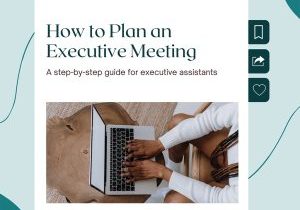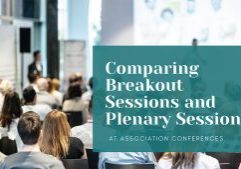Comparing Breakout Sessions and Plenary Sessions at Association Conferences
In the intricate dance of association conferences, organizers face the challenge of orchestrating a harmonious blend of plenary and breakout sessions. While plenaries draw all attendees together, breakouts offer the freedom to tailor learning experiences to individual interests. Striking the right balance between these two session types is key to ensuring a dynamic and engaging conference environment. In this article, we'll explore the considerations for associations in determining the ideal mix of plenaries and breakouts, taking into account attendee learning styles and the overall flow of the conference.
Breakout Sessions:
Expert Insights:
As a seasoned conference planner and industry professional, we’ve had the privilege of planning and executing hundreds of breakout sessions over the years. These smaller, focused sessions offer attendees the chance to delve deep into specific topics and engage in meaningful discussions with experts in the field.
Pros and Cons:
Breakout sessions excel in their ability to cater to diverse interests and provide attendees with targeted insights and actionable takeaways. These sessions foster intimate networking opportunities and encourage interactive participation. However, their smaller size may limit the breadth of topics covered, and scheduling conflicts can arise when multiple intriguing sessions overlap.
Plenary Sessions:
Expert Insights:
With years of experience planning association conferences, we’ve gained valuable insights into the dynamics of plenary sessions. These larger, more expansive sessions bring together all conference attendees for keynote speeches, panel discussions, and presentations on overarching themes and industry trends.
Pros and Cons:
Plenary sessions offer attendees the chance to gain a comprehensive overview of key issues and trends shaping their industry. They provide a platform for high-profile speakers and thought leaders to share their expertise and inspire audiences. However, their size and scope may limit opportunities for interactive engagement, and some attendees may find themselves craving more in-depth discussions on specific topics.
In Summary
Achieving the optimal balance between plenary and breakout sessions is essential for creating a rich and rewarding conference experience. Whether you prioritize targeted insights and networking opportunities or seek a broad overview of industry trends and high-profile speakers, incorporating a mix of both session types can enhance your conference experience. By carefully considering the learning styles of attendees and the overall flow of the conference, associations can ensure that each session contributes to a well-rounded and engaging program.




